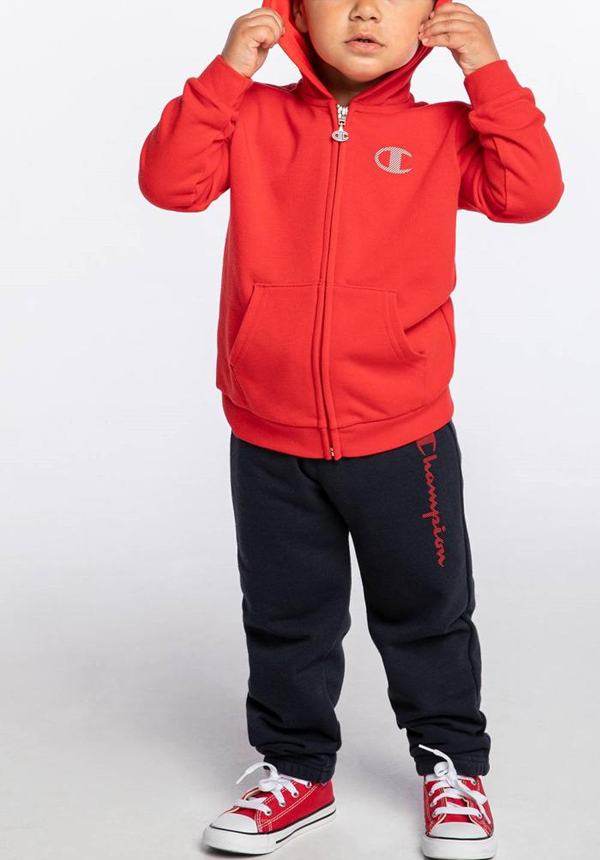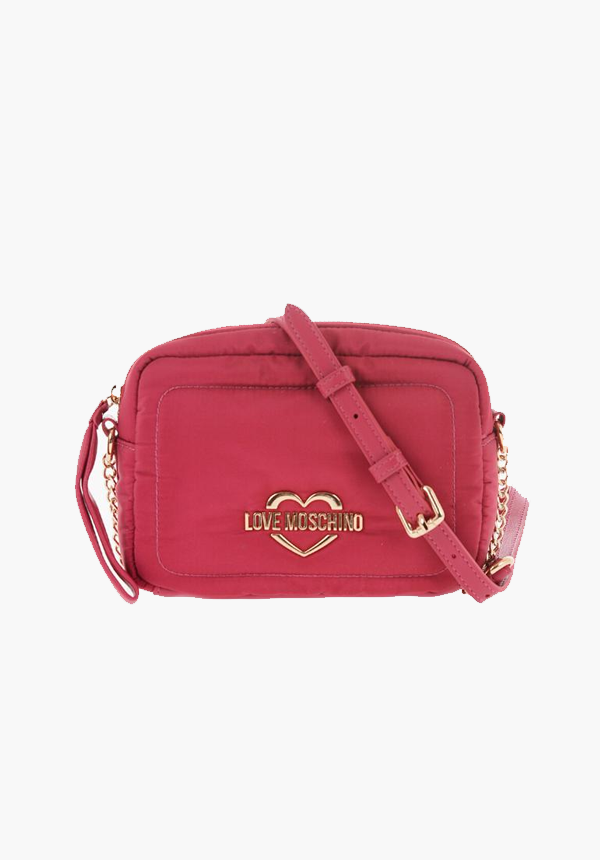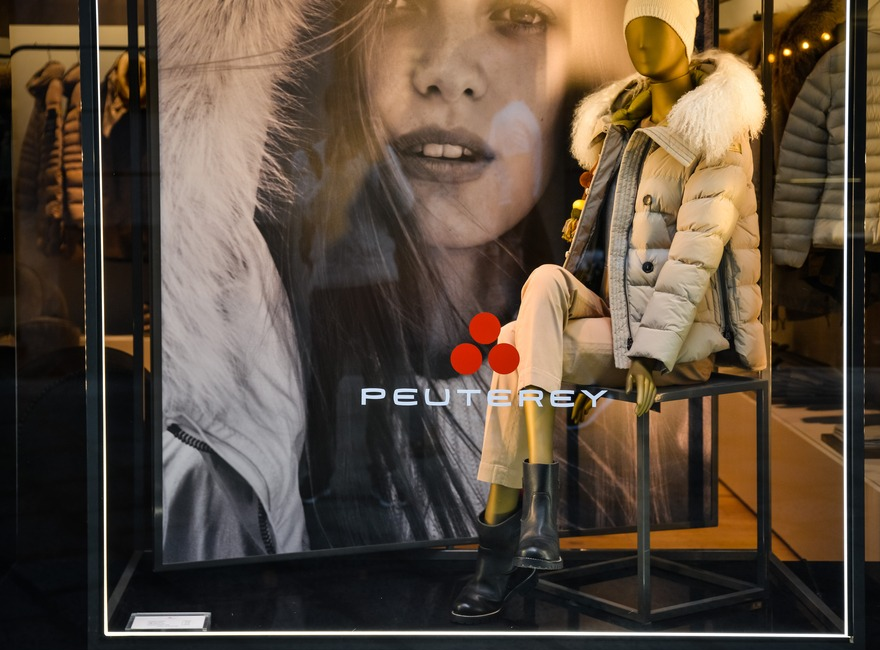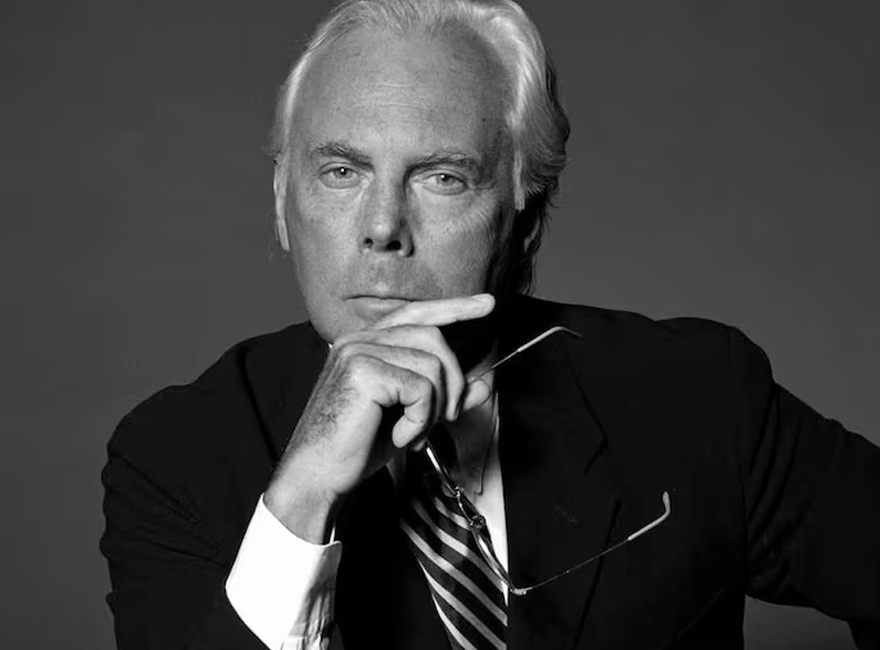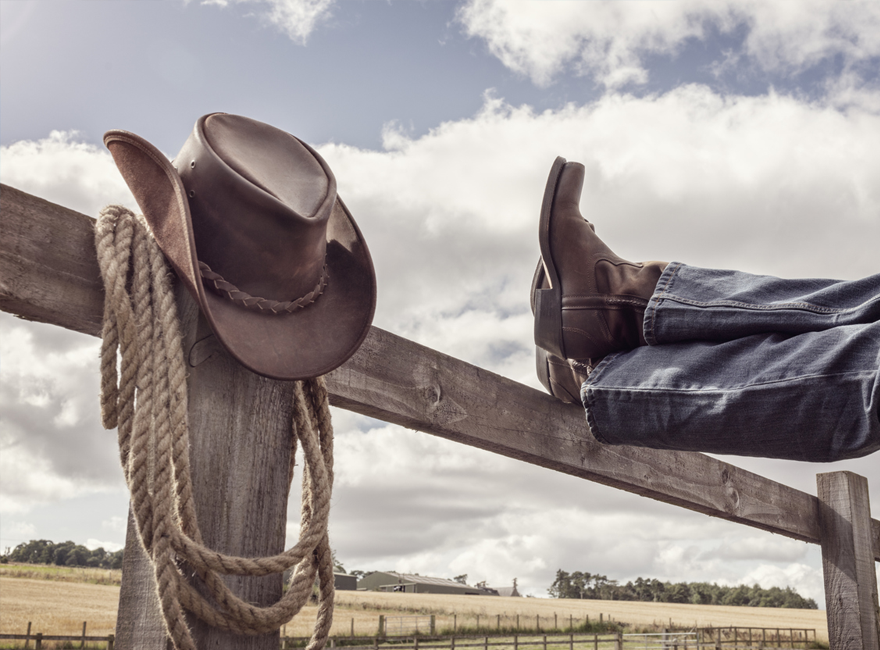
When Was Wrangler Founded?
The Wrangler history begins in the heart of the American South, where the seeds of this iconic brand were sown. It was 1904 when C.C. Hudson, a young man from Spring Hill, Tennessee, found himself out of work after his job at a textile factory in Greensboro, North Carolina, came to an abrupt end. Undeterred, Hudson bought several of the factory’s old sewing machines and, along with his brother Homer, started a new venture in the back room of a grocery store. They called their business the Hudson Overall Company.By 1919, the Hudson brothers had outgrown their small operation and rebranded their company as the Blue Bell Overall Company. Named after the bell that called workers to shift, Blue Bell quickly became known for producing durable workwear. It was this commitment to quality and durability that laid the foundation for what would later become the Wrangler brand.
When Did Wrangler Jeans Come Out?
Wrangler jeans, as we know them today, were born in 1947, but the path to this iconic brand name began years earlier. In 1943, Blue Bell acquired the Casey Jones Company, a workwear manufacturer, and with it, the rights to the brand name “Wrangler.” Recognizing the growing popularity of cowboy culture, Blue Bell launched the first Wrangler jeans designed specifically for rodeo use: the 13MWZ. Crafted with input from professional rodeo tailor Rodeo Ben, these jeans featured flat rivets that wouldn’t scratch saddles, a higher back rise for added comfort in the saddle, and seven belt loops instead of the traditional five for better fit and durability.Endorsements by rodeo legends like Jim Shoulders and Freckles Brown helped cement the brand's reputation. The jeans were more than just durable workwear; they were a badge of honour for cowboys. When Jim Shoulders, known as the “Babe Ruth of Rodeo,” signed on as the first official endorsee, the brand’s association with the rodeo circuit became unshakeable. These jeans weren’t just made for riding—they were made for winning.
Embracing the Cowboy Spirit
Wrangler’s deep connection to cowboy culture set it apart from other denim brands. While competitors like Levi’s were also popular, their focus on functionality and durability for working men and rodeo stars gave it a unique edge. Wrangler jeans became the uniform of the cowboy, embodying the rugged, independent spirit of the American West. The brand's cowboy image was solidified through clever marketing campaigns and sponsorships, positioning them as the jeans for the working man and the Western lifestyle enthusiast.Throughout the 1950s and beyond, Wrangler continued to grow, with their cowboy jeans becoming the official outfit of the Pro Rodeo Cowboy Association. The rugged durability of Wrangler jeans made them a favourite not only among cowboys but also among blue-collar workers across America. Whether worn on the ranch, the farm, or the factory floor, their collecions became a symbol of resilience and hard work.
Wrangler's Expansion Beyond the Rodeo
As the decades rolled on, Wrangler’s appeal extended beyond the rodeo and the American South. In the 1960s, it began to expand its reach internationally, finding a new audience in Europe, where American Western culture was gaining popularity. In 1986, Blue Bell merged with VF Corporation, one of the largest apparel companies in the world, propelling the brand into the global market. This merger allowed Wrangler to maintain its classic, rugged image while also diversifying its offerings to appeal to a broader audience.Wrangler’s appeal wasn’t just limited to the West. By the 1980s, Wrangler jeans were being worn by everyone from rock stars to rebels. The brand's tough, all-American image made it a favourite among those looking to make a statement. Wrangler jeans were no longer just for cowboys; they were for anyone who embodied the spirit of independence and resilience.
Wrangler Jeans for Everyone
While their initial focus was on denim jeans for men, however, the brand quickly recognized the growing demand for women's denim. Wrangler jeans for women were introduced with the same commitment to durability and style that had made the men’s jeans famous. The women’s line featured tailored fits that offered comfort and style for a variety of occasions, from everyday wear to riding. Today, Wrangler continues to offer a range of options for men, women and children, combining classic cowboy aesthetics with modern fits and styles.Wrangler Jeans History in the Modern Era
Wrangler’s transformation from a small workwear company to a global denim icon is a story of staying true to one’s roots while evolving with the times. Today, they continue to thrive under the ownership of Kontoor Brands, maintaining its status as a leading name in denim. The brand’s enduring popularity is a testament to its commitment to quality, authenticity, and the timeless appeal of the cowboy spirit.From rodeo arenas to city streets, Wrangler jeans remain a symbol of American heritage and rugged individualism. As trends come and go, the brands dedication to producing durable, stylish denim has kept it at the forefront of the industry, proving that some things never go out of style.
